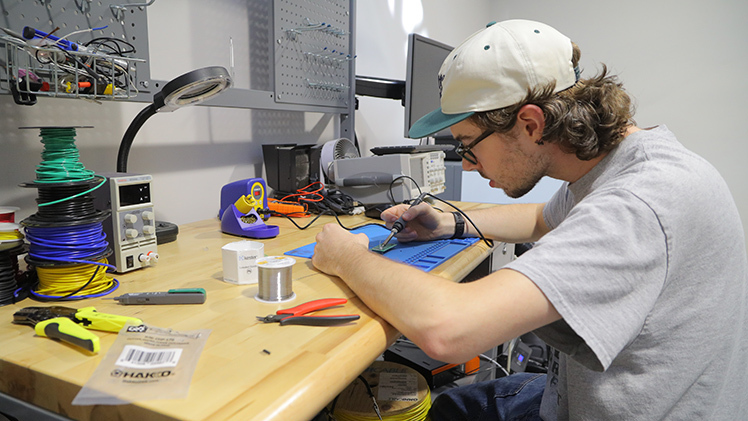Revolutionizing Wi-Fi with 3D Chips

Wi-Fi technology has made significant advancements in recent years, offering better speeds and more reliable connections for internet users. However, a common issue remains: Wi-Fi connections tend to slow down dramatically as more users connect. The solution to this problem may lie in the development of 3D Wi-Fi chips.
Traditional wireless systems operate using two-dimensional “planar” processors, emitting signals in a flat range with limited frequencies available for communication. By designing Wi-Fi chips in three dimensions, it would be possible to communicate simultaneously on multiple frequencies, significantly improving efficiency and speed.
The need for enhanced Wi-Fi communication has become apparent as the volume of data traffic continues to increase, putting strain on existing planar structures. Imagine a city with congested roads – adding additional layers of roads above or below can create more space for traffic to flow. The same principle applies to the potential of 3D Wi-Fi chips.
A recent study published in Nature Electronics explores the feasibility of this innovative approach. If successful, this breakthrough could revolutionize wireless communication, offering improved performance even with multiple devices connected to the same network. Furthermore, a 3D chip design would allow for easier scalability without the need for expanding the physical size of the chip.
While developing a new 3D Wi-Fi chip presents technical challenges, the potential benefits are immense. Researchers and engineers must work together to optimize the system and ensure its functionality. If successful, this advancement could lead to significant improvements in wireless technology, reminiscent of the leap from early Wi-Fi systems to newer options like Wi-Fi 6.
In conclusion, the emergence of 3D Wi-Fi chips has the potential to transform the wireless communication landscape, offering faster speeds, improved performance, and enhanced scalability for future networks. Stay tuned to see how this groundbreaking technology unfolds in the coming years.





